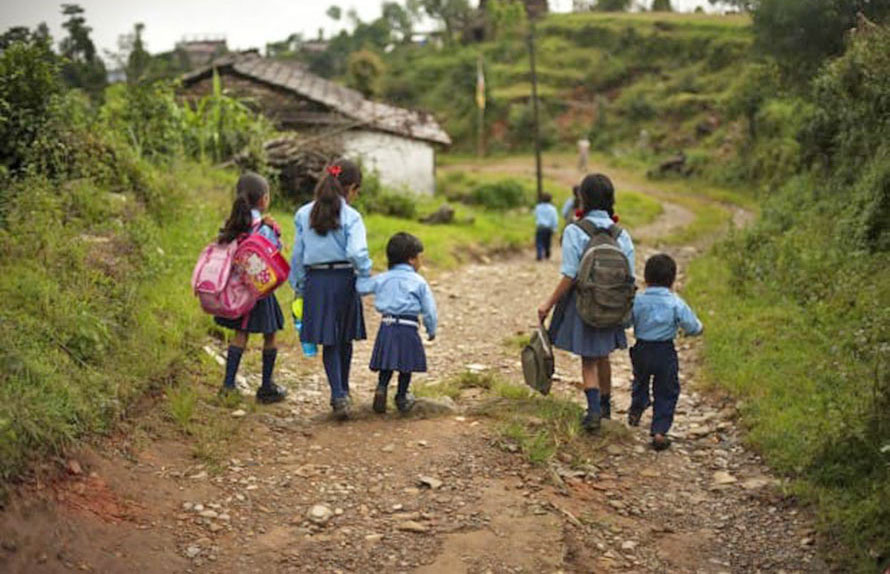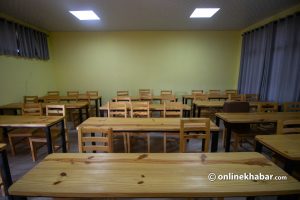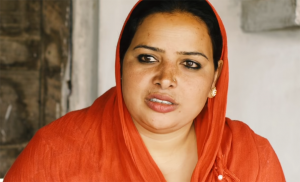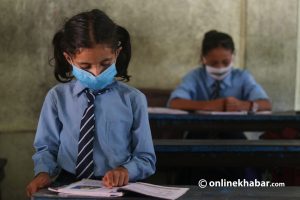
The government has been running the Earning while Studying programme at the school level to connect education to skills, labour, production, and market. The government says, with the programme, it aims to create independent human resources for the future.
In its first phase, 140 schools participated in the programme and they were handed over Rs 2 million budget each to implement it in the schools. While its effectiveness and the number of students involved in the programme is a matter of debate, additional 100 schools have been selected for the programme this year.
Choodamani Paudel, the director general at the Centre for Education and Human Resource Development, says that the exact data of the students associated with the Earning while Studying programme are yet to be released as this programme is in its initial phase and its evaluation cannot be done in the meantime.
He says, “We should wait for some years to evaluate its effectiveness.”
Yet, some early results are already visible. Here are some representative cases.
Animal farming

Dhulabari Secondary School of Mechinagar municipality, Jhapa, is one of the schools to run the Earning while Studying programme. “Animal technology has been introduced as a subject in grades 9 to 12,” says Mahendra Bilash Luitel, the principal.
Currently, 140 students are studying animal technology here. These students have been divided into five groups and each group is responsible for rearing goats, chickens, cows, fish and pigs, respectively.
According to Luitel, the school did not receive the fund on time last fiscal year, hence, the students have not been able to generate income from the programme yet. “However, the students are learning and have gained knowledge, which can still be counted as progress,” he says, “The project has not generated any monetary value till now as animals take time to grow.”
After the subject was introduced under the Earning while Studying programme, the students were able to manage a veterinary clinic and implement their theoretical knowledge to practice; they are preparing to go commercialise it too.
“Earlier, it was hard to find students for animal technology, but after the initiation of Earning while Studying Programme, the number of students interested in it has increased,” says Luitel.
The course can accommodate 48 students but last year, 60 students applied for it. This year too, there were more students than the available seats.
Technology
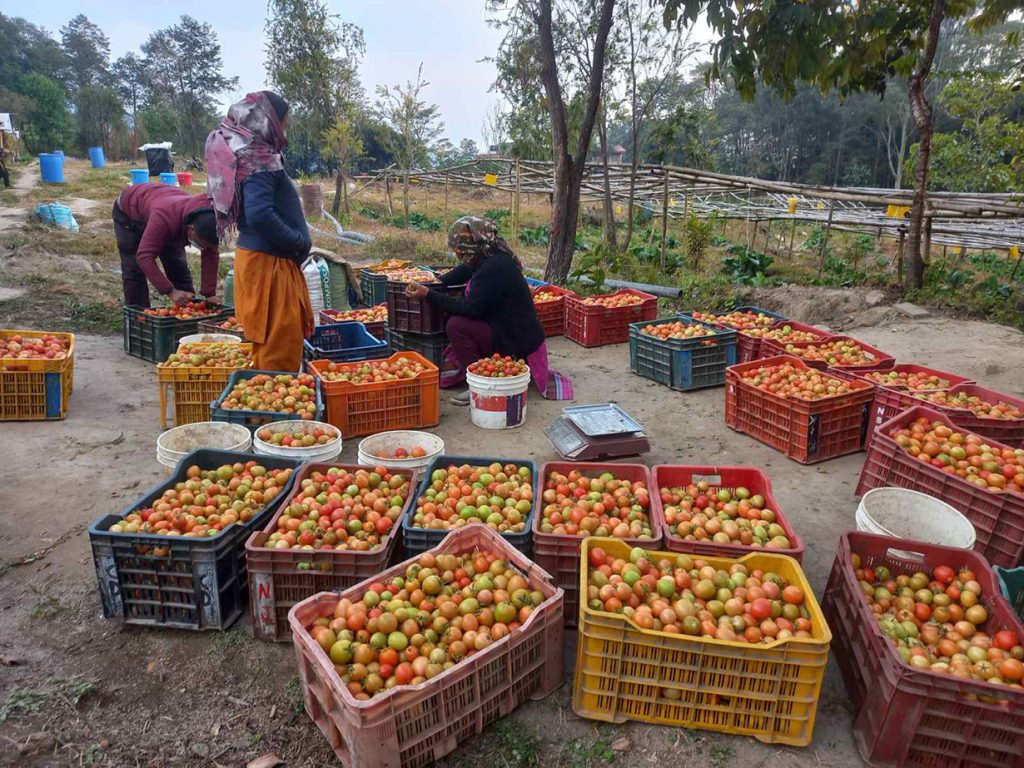
Another school, Kankali Secondary School of Chandragiri municipality in Kathmandu has also adopted the Earning while Studying programme this fiscal year. Under the programme, the school is giving training to 25 students from grades 9 to 12.
Like Dhulabari Secondary School, it has also divided students into five groups, but, here the students are being trained in technology. “They are receiving training in computers and mobile phone repairing, website designing, data entry, networking and other tasks related to electronic devices,” says Bishnu Prasad Paneru, the principal.
The students developed the school’s website, installed CCTV, and maintained computers after they received the training. Principal Paneru says the school saved around Rs 60,000 with that.
“This will be first deposited in the bank account of the school. Then, 50 per cent of it will be provided to the students, 25 per cent to mentor, and the remaining 25 per cent to school for maintenance and sustainability,” says Paneru.
According to Paneru, the students trained under the Earning while Studying programme are getting various opportunities outside the school too. Recently, the students earned Rs 30,000 by maintaining two computers at Sitapaila Secondary School. “The guardians are also happy as the students have started earning pocket money themselves,” Paneru says, “In the near future, the school is opening a liaison office in Kalanki.”
Agriculture

Budhanilkantha School of Kathmandu has its own programme similar to Earning while Studying. It started one year before the government introduced it.
Under the programme titled Learning and Earning, the students have planted vegetables. Currently, they have planted tomatoes, cauliflower, cabbage, coriander and others.
The boarding school has been feeding those vegetables to hostelers. Similarly, they are also being sold to wholesalers, says Hom Nath Acharya, the principal.
Besides vegetables, they have also planted black cardamom and coffee. Acharya informs Onlinkhabar that the school is planning for cow farming next year.
Budhanilkantha School has been mandatorily running the programme for 600 students studying in grades 5 to 9. Each day the students have to spend an hour in vegetable planting. On Saturdays and public holidays, they have to give additional time.
“Under the programme, the students get practical knowledge about all stages of farming,” says Acharya, “They learn all the methods such as planting vegetables, taking care of the plants and facing challenges while growing vegetables.”
Students have to work in groups and they will get grades according to their performance. The curriculum of the programme has been developed by the school itself. To make the course more organised, the school is planning to introduce programmes in agriculture, carpentry, electrical, plumbing and others.
The earning from the programme are kept in a bank. Last year, Rs 2 million was collected from the vegetables planted by students. This year, the school anticipates earning Rs 4 million.
“This has been really effective,” he says, “Such education would not just teach about business, market and production but also instil them the feeling of love for the country.”
The school is getting support from various sectors for the programme. Kathmandu metropolitan city is preparing to give 90 days of training to grade 9 students to enhance skills in education from this academic session.
This story was translated from the original Nepali version and edited for clarity and length.






